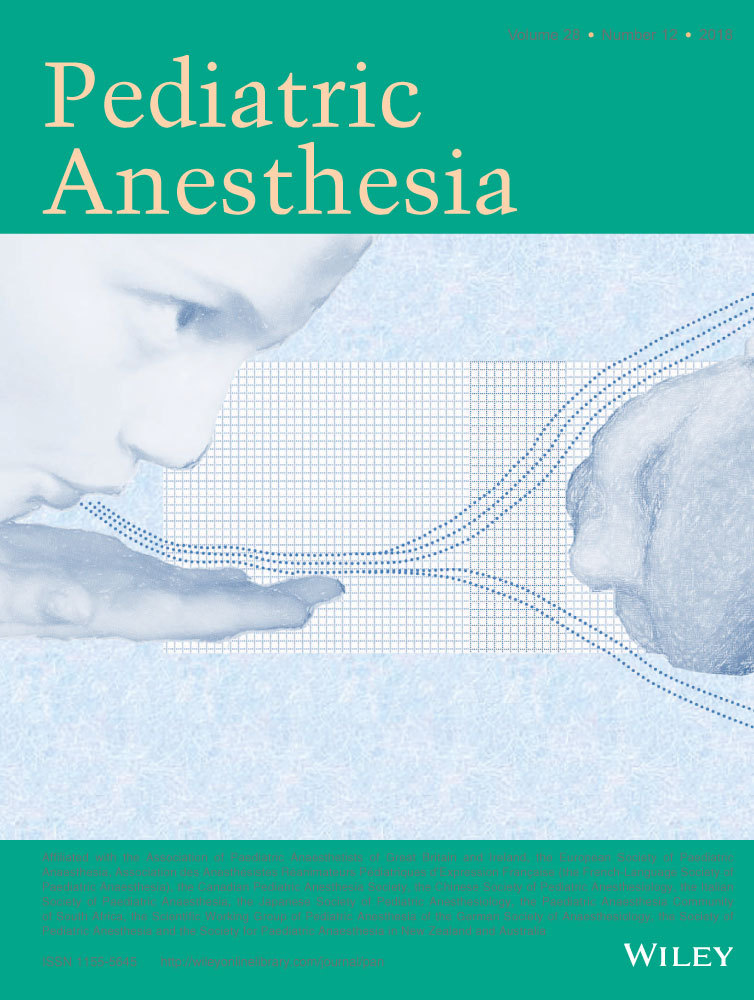Propofol pharmacokinetic and pharmacodynamic profile and its electroencephalographic interaction with remifentanil in children
Summary
Background
Propofol and remifentanil are commonly combined during total intravenous anesthesia. The impact of remifentanil in this relationship is poorly quantified in children. Derivation of an integrated pharmacokinetic and pharmacodynamic propofol model, containing remifentanil pharmacodynamic interaction information, enables propofol effect-site target-controlled infusion in children with a better prediction of its hypnotic effect when both drugs are combined.
Aims
We designed this study to derive an integrated propofol pharmacokinetic-pharmacodynamic model in children and to describe the pharmacodynamic interaction between propofol and remifentanil on the electroencephalographic bispectral index effect.
Methods
Thirty children (mean age: 5.45 years, range 1.3-11.9; mean weight: 23.5 kg, range 8.5-61) scheduled for elective surgery with general anesthesia were studied. After sevoflurane induction, maintenance of anesthesia was based on propofol and remifentanil. Blood samples to measure propofol concentration were collected during anesthesia maintenance and up to 6 hours in the postoperative period. Bispectral index data were continuously recorded throughout the study. A pharmacokinetic-pharmacodynamic model was developed using population modeling. The Greco model was used to examine the pharmacokinetic-pharmacodynamic interaction between propofol and remifentanil for BIS response
Results
Propofol pharmacokinetic data from a previous study in 53 children were pooled with current data and simultaneously analyzed. Propofol pharmacokinetics were adequately described by a three-compartment distribution model with first-order elimination. Theory-based allometric relationships based on TBW improved the model fit. The Greco model supported an additive interaction between propofol and remifentanil. Remifentanil showed only a minor effect in BIS response.
Conclusion
We have developed an integrated propofol pharmacokinetic-pharmacodynamic model that can describe the pharmacodynamic interaction between propofol and remifentanil for BIS response. An additive interaction was supported by our modeling analysis.
CONFLICT OF INTEREST
Brian Anderson sits on the Editorial Board of the journal Pediatric Anesthesia. The remaining authors have nothing to disclose.




